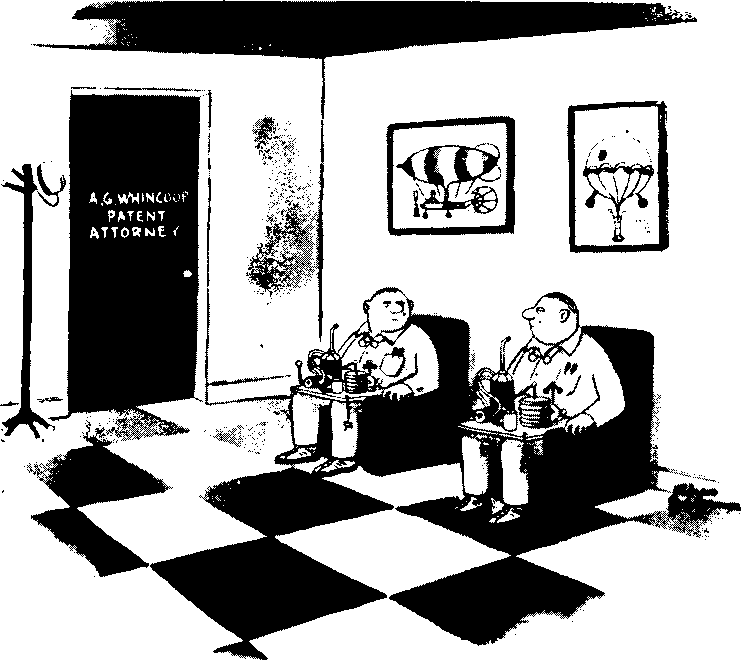Provided by Cognitive Sciences ePrint Archive
HAPPY IS AS HAPPY DOES
David Lykken
University of Minnesota
American Psychological Society
Presidential Symposium
Washington, DC, May 24th, 1997
Tom Bouchard’s celebrated study of twins separated in infancy and reared apart—a study
that was celebrated enough in fact to catch the attention of Charles Adams in this New Yorker
cartoon---has turned up a great many surprising and provocative findings. One of these findings
was that 69 pairs of monozygotic twins, reared from infancy without even knowing of each
other’s existence, correlate .53 in their scores on the scale in Tellegen’s personality
questionnaire, the MPQ, that measures subjective well-being or happiness. Such correlations for
MZ twins reared apart provide a direct estimate of the heritability of the trait in question.
Therefore this result suggests that individual differences in happiness owe about 50% of their
variance to genetic differences between people.

Separated at birth, the Mallifert Iwtnt meet accidentally.
More intriguing information
1. An institutional analysis of sasi laut in Maluku, Indonesia2. Reputations, Market Structure, and the Choice of Quality Assurance Systems in the Food Industry
3. A model-free approach to delta hedging
4. The Dictator and the Parties A Study on Policy Co-operation in Mineral Economies
5. Do Decision Makers' Debt-risk Attitudes Affect the Agency Costs of Debt?
6. Strategic Effects and Incentives in Multi-issue Bargaining Games
7. TOWARDS THE ZERO ACCIDENT GOAL: ASSISTING THE FIRST OFFICER MONITOR AND CHALLENGE CAPTAIN ERRORS
8. Testing Hypotheses in an I(2) Model with Applications to the Persistent Long Swings in the Dmk/$ Rate
9. BODY LANGUAGE IS OF PARTICULAR IMPORTANCE IN LARGE GROUPS
10. Detecting Multiple Breaks in Financial Market Volatility Dynamics